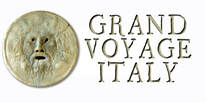|
The Physical Closeness of the Italian People One of the most obvious cultural events a visitor to virtually any town or village in Italy notices is a simple one: la passeggiata--the evening stroll. This isn't really an event. It's a cultural, daily habit of the Italian people. Instead of staying in each evening, families, friends and neighbors venture out and stroll together in the largest viale, piazza or strade principali. They stroll for social reasons. To be seen and to see. To stop with neighbors and listen to the latest political news or local gossip. They dress their best, as is the custom of la bella figura. They show off their new clothes, shoes or hairdos. They will see how pregnancies are progressing and show off how well the bambini are growing and flaunt their new puppy. Young teens fare la civetta (make like an owl, or flirt) and older singles check out who is available and perhaps meet up for an aperitivo in a street side cafe or some gelati. Both men and women will stroll arm in arm. When neighbors and cousins or school friends meet, they embrace and kiss, not once, but twice on both cheeks. They talk with their hands, often very excitedly, waving arms and making both subtle and dramatic arm and hand movements, oven combined with facial expressions or huffs and puffs. This is the language that runs the length of the boot from North to South. The Morning Ritual Each morning, millions of Italians have their breakfast standing up, shoulder-to-shoulder in local bars. The bar in Italy is not what you think. While they do serve a certain amount of wines and spirits, they are the place where Italians have breakfast: espresso and a sweet bread or tart, the most popular being a the crescent shaped cornetto. They have tarts, cakes, breads, and even sandwiches or pizza for lunch. They sip their strong espresso or cappuccino and have a morning snack while reading the paper or chatting with neighbors or work-mates. This is a social event at the beginning of each day. Long Lunches at Home Most Italians don't have lunch in restaurants. Most simply prefer to go home for riposa, that 3 hour lunch period from 12 noon until 3pm. Traditionally, pranzo (lunch) is considered the most important meal of the day. Even if they wanted to go to a restaurant for lunch, unless they are in a large city, like Rome or Florence, restaurants are also closed at noon. Italians prefer to spend the hot midday with close family at home and prepare hearty meals, and resting before returning to work. This affords even more hours that la famiglia spend together in close quarters... unlike Americans, who barely eat dinner together at the dinner table. Closeness of la Famiglia Another type of closeness is la famiglia itself. Although the average number of children Italians have is two, la famiglia living in one house or apartment are larger than you might assume. Aging family members in Italy are usually taken care of by younger generations, with sometimes as many as three generations living together in the same house--Nonna and Nonno, Mama and papà, i bambini and sometimes even an aunt or uncle or two. On weekends, extended families get together for pranzo di Domenica (Sunday lunch), either at a relative's home or a local agriturismo. When they eat outside the home, they all gather at long, family style tables, often seating 15-20. Often the meals are communal, served up in large trays or bowls, portions spooned out as needed. On some special holidays, such as during Natale, communal recipes like Polenta alla Spianatora is served on a bread board, with family members scraping polenta and sausages directly from the large board with their own forks. Crowded Sagre, Festivals and Events All throughout the year, regardless of season or region, there are literally thousands of festivals and sagre (food themed festivals) in Italy. Some estimates put the number of sagre at over 42,000! There are celebrations for nearly every type of cheese, wine, nut, berry, meat and pretty much everything else that can be grown and turned into something to eat, and nearly every type of animal: almonds, prosciutto, oranges, wild boars, donkeys, horses, Grappa, bread, pasta, chocolate, olives, fish... you name it, and there's probably a sagra to celebrate. As in the photo above, many events employ long family style tables for friends and strangers to dine together in the streets. 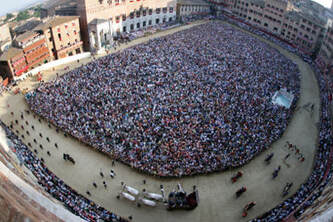 The crowds at the Siena Palio The crowds at the Siena Palio Then there are thousands of events like the Palio in Siena, that insane bareback horse race where 17 neighborhoods compete. Over 40,000 people jam pack into the Campo to experience this race. Then each contrada (neighborhood) have communal dinners for thousands on the streets. Take this one event and multiply by literally thousands... all over Italy, Sicily and Sardinia. People communing together, shoulder to shoulder. Living, loving, eating, drinking, dancing, soaking in la Vita Bella. Imagine how crowded the Venice and Viareggion carnevale are each year. Now picture the seasonal markets. And the New Year's Eve crowds and rock concerts. Over 60 million Italians crushing, standing, chanting, singing, eating, marching... tutti insieme (all together). Italy Has a Vulnerable Elder Population In fact, Italy has nearly 20,000 people over 100 years old and has held the worlds record for the oldest living human nearly every year for the last couple of decades. Italy also has the second highest life expectancy in the world, too--at 83 years young. The reasons for this aging population are varied. The Mediterranean diet, hills and steps keep people in general good health. People tend to retire earlier, giving a more relaxed, stress free lifestyle to the elderly. The midday riposa offers a way the oldest family members can still share in a meal and visits with younger family members, which we all know provides a healthy family environment. They often live with their children and play and hug their grandchildren, who we now realize might carry the COVID-19 virus without symptoms and pass it on to the older family members. Without the stress of how older people are going to have health care (there is national healthcare in Italy), Italians feel comfort in knowing that if something bad happens to their health, they will be taken care of, for little or no cost. The one factor that might actually make the aging population more vulnerable to COVID-19 is the fact that many still smoke. There are far too many smokers in Italy in all age groups. COVID-19 does well in patients with compromised lungs. But of course, people living to healthy old age is not the reason why many might succumb if they contract the disease. This virus is different and powerfully and quickly attacks the vulnerable. We should applaud the Italians living to ripe old ages, if only that they made it in a vivacious, healthy way. They often live with their children and play and hug their grandchildren, who we now realize might carry the COVID-19 virus without even knowing. Ferragosto, the National Vacation Then there's vacation time. Italians don't stagger their summer vacations over three months like Americans. Most of Italy shuts down for Ferragosto in August, the month-long holiday season when Italians head for their campers or beach bungalows and crowd the beaches along its 4,723 miles of coastline. They literally pack the beaches and campsites or head up into the cooler mountains. During summer, there are thousands and thousands of major and minor concerts from the Veneto to Tuscany to Campania and Puglia. Indoor concerts, outdoor concerts, music festivals in rock, folk, opera, jazz... you name the music, there's a festival to suit any Italian's musical tastes. Can the Spread of COVID-19 be Really Blamed on the Culture?
I would argue, no. How can anyone blame a culture for doing what comes naturally? Italians are gregarious. They have close knit families. They love to hold festivals for just about anything God has graced their land with. They hug and kiss and walk arm-in-arm. COVID-19 has taken all of this away from them--at least for now. But you can see the evidence of of Italians sharing even this in a joyful way by banging pots and pans on their balconies... and by making music with all sorts of instruments, again, from their windows or balconies. They sing Bella Ciao together as the WWI partisans did several generations before. They sing their national anthem. They light candles. Even though they are apart, they are together in wearing masks and gloves and battling this unseen enemy, as they have done in the past for thousands of years. They are partisans. The closeness of Italians is not to blame. The emotional closeness and comraderie of the Italian people are the cure for what is ailing them. Andrà Tutto Bene --Jerry Finzi When I started the Facebook Group Garden of the Finzi Famiglia, its intent was to bring together the multitude of people in the world with the Finzi surname. In the beginning, it was a way for me to search for my actual genetic roots and perhaps meet some long lost cousins along the way. Among our 225 active members, all named Finzi (or a variant), I have succeeded in finding my Catholic, Finzi cousins with whom I share a common DNA, all originating from the town of Molfetta, Puglia where my father was born. But there are other, larger branches of what I call la Famiglia Finzi, many whom are Jewish, and can trace their heritage back to the time of the Medici in Northern Italy. Although my small branch is special to me because we are related by blood, I also feel like a "cousin" to all of the many hundreds of Finzi that I have become online friends with, from Italy to England, Brazil and Argentina, the U.S. and France, Norway, Tunisia and beyond. Through our Garden group, we have all found commonalities and feel like extended cousins. 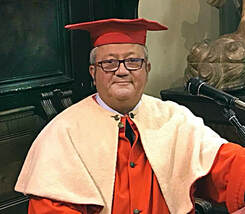 But the reason I am writing this post is to celebrate the life and passing of one particular Finzi... Doctor Giuseppe Finzi, professor of vascular diseases and head of the Day Hospital at the University of Parma. Beppe, as his friends called him, was also author of over 60 publications in national and international scientific journals, was a member of the Italian Society of Internal Medicine and was very active in Italian politics. This past Wednesday, we lost Giuseppe as he was fighting on the front lines of the coronavirus Italian crisis. His underlying health issues made him an easier target for the terrible coronavirus, taking him only a few days after he was first diagnosed. We mourn this amazing Finzi. He held the name proudly and was actually able to trace his family tree back 1000 years. He was one of a long line of doctors, rabbi and teachers throughout the history of this noble Jewish Finzi family line. 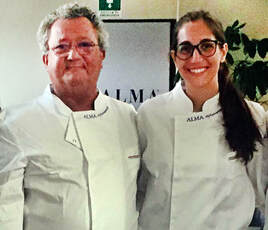 Giuseppe and Daughter Giuseppe and Daughter His humor, smile and hugely generous personality was loved by thousands who knew him. He was a perpetual volunteer for charitable programs, a sailor, a chef, a dog lover, a sun-worshiper, a passionate soccer fan, and one-time candidate for mayor of Soragna, his home town. One of his recent pet projects was a healthy cooking program for at-risk young women where he enjoyed donning the chef's toque and jacket. His passing brings the number of Italian doctors lost during this crisis up to 13. Giuseppe Finzi was 62 when he passed. Our condolences to his family and wife of three years, Daniela. --Jerry, Lisa and Lucas Finzi "Not only did he participate in every activity, but he always found a way to make himself useful", says Riccardo Moretti, president of the Jewish Community of Parma. "A pure person, a friendly face that all of us will miss."
Our dear Mona Lisa apparently gets it. She picked up only as much toilet paper as she needs for a week. She has no kids and lives alone. her cat uses a kitty litter box. She's good to go. Think, "Need" vs "Want" vs "Hoarding". Hoarding supplies during this time will hurt us all. We've all seen the videos in Italy and in the U.S.... people fighting over rolls of toilet paper as they do a mad rush to get supplies during this coronavirus crisis. In Italy, the rest of Europe and here in the States, people are not being prevented from visiting their supermarkets and alimentari for food and other essentials. Here in Pennsylvania, Lisa's company has ordered all workers to work from home, Lucas is home because all the schools are closed, all "non essential" businesses are closing, BUT, all supermarkets and grocery stores are open and are being restocked after the first mad rush of last weekend. Most of our supermarkets now offer home delivery via online app, which helps reduce close contact. When I shopped last week, I wore latex gloves on both hands, wiped down the shopping cart's handle, and was careful not to stand too close to others. I also shopped at 7am when not many were in the supermarket. And although I didn't need toilet paper (we had stocked up two weeks earlier at a big box store with our normal 2 month supply), I was shocked to see the paper goods aisle empty. Calm down, tutti! Yes, this crisis is real--a fact of science and nature. But as long as we keep our heads and think not only of ourselves, but also our neighbors, we will all get through this. As the Italians say, andrà tutto bene -- everything will be fine. it may take some time, and there will be sacrifices, but we will come out of this in the end. --Jerry Finzi, GVI Some tips:
Most Italians take a two week vacation (called Ferragosto on August 15th) either before or after August 15th. Most large industries are closed during August and many museums and restaurants might also be closed. Many people take the entire month to rest and relax before returning to work and school on September 4th. The other period of time when holidays might affect normal business hours is the period between Christmas, New Year's Day and the Epiphany on January 6. Since Italy is a Catholic country, many national holidays coincide with religious holidays.
In addition, all Italian cities celebrate the patron saint as a legal holiday. All businesses are closed on...
Being a second-generation Italian-American, I wasn't affected by the Italian naming conventions. I once asked my mother why we never spoke Italian and she answered, "When we got married, I wanted an 'All-American" household, so we only spoke English around you kids." I'm certain one reason for this was to lessen the impact of racial bias against her kids at the time. This might also be the reason why I was named "Jerry"--as my mother told me, "I thought of 'Jerry' after watching a Jerry Lewis movie while I was expecting you. It sounded very American." While my birth certificate says "Jerry", I had no idea my legal name was "Jerry" until at age 13, I got a copy of my birth certificate to get my working papers. "Jerry"? Well, that was a lot better than "Gerald", my baptism name, which I could barely pronounce properly when I was little. Even so, everyone in my family knew me as "Gerald" until I ordered them to stop calling me that. Still today, many won't call me "Jerry". (To add to my confusion, Saint Gerald was French!). Being the second born son, I should have been named after my mother's father, Salvatore Vetri. That would have been nice, since my Dad's lifelong nickname was Sal, even though he was born Saverio. Since I was born 11 years after Salvatore's passing, perhaps my mother felt less obliged to name me after him. My sisters and brother who came before me met the same fate with their names. The oldest of us--the twin sisters--Barbara and Joan should have been named Caterina and Mariantonia, Caterina being my paternal grandmother's name, and my maternal grandmother being Caterina. (Barbara was the oldest by three days... YES, they were born three days apart, but that's another story.) Kenneth, my older brother, should have been named Sergio, after my paternal grandfather. My sister Joyce should have been named after one of my aunts, perhaps Antonia or Rosa. Although I know that Barbara, Joan, Kenneth and Joyce are my siblings, I have no idea who they were named after since those names are unknown in our family tree. Only their middle, confirmation names reflect names of uncles or aunts. Perhaps other movies my mother watched while she was pregnant for each of them influenced her... The twins? Barbara Hutton and Joan Crawford were famous during the 1940s when the Twins were born, Joyce Reynolds was a well-known, All-American looking actress when my sister Joyce was born. But Kenneth? There really were no famous actors or performers named Kenneth when my brother was born--and it's a very British name, at that. Mom probably just liked the sound of it. As for me, I really think I would have preferred to be named Francesco, Giovanni, or even Anselmo after one of my my uncles. "Jerry" never really suited me. And here's an interesting note about my father's name, Saverio... There is no Saverio in our family tree, and since my great-grandfather Anselmo was adopted, there was no maternal grandfather to name him after. It seems the name was given to my father (second son of Sergio) as a "votive name". Saverio means "second home" or "new home". My grandfather traveled to America 2 times before bringing over is wife and three children, 7 year-old Anselmo (named after my great-grandfather), 4 year-old Saverio and baby Antonia. Perhaps Saverio was born at the moment my grandfather decided to take the first steps on emigrating. Saverio. New Home. It suited Dad. How to properly name an Italian child... . The basic convention goes like this:
Be aware that there are exceptions to this naming custom that preclude this assuming your ancestors adhered to these conventions. In the case of orphans, they would have no idea of parents' names. For someone estranges from his family, he might not want to use their names. It is also possible that the first born son might have died, so they might have also given the same name to a second born son who survived. Many children did not live to adulthood in the nineteenth century and earlier. It is also very possible that your ancestors didn't keep to these conventions, for instance, many named their first sons after a hero. For example a hero in southern Italy (The Two Kingdoms of Sicily) in the early 1800s was Guglielmo Pepe, so an ancestor in this time period could be named after him. A final example of exceptions to the naming custom can be seen in the nontraditional family of my great-great-grandparents, Pasquale and Rosa. They were great opera fans who named all of their children after characters from their favorite operas. Due to theses types of exceptions, you cannot use the Italian naming tradition to assume an ancestor's name. When doing genealogical research another problem can arise when finding several people living in the same town at the same time, all with the same first and last name. Think about it a second. If someone named Giovanni had five sons, all of them could have named their first born sons Giovanni, resulting in confusion as to which one is your gr-gr-grandfather and which are merely distant uncles. The same would hold true when researching the maternal members... Nonna Rita might have several Ritas that were named after her. They might even have been born in the same year! Remember, families were often quite large, especially in the rural, agricultural south. This shows that although it seems naming conventions might help you discover your ancestors, they might also confuse the issue. When in doubt, it might be a good idea to hire a genealogical research professional to make sure you find the right people in your family tree. --Jerry Finzi For help in researching your ancestors, the Facebook group
Italian Genealogy is highly recommended by GVI. There are several professional researchers who are members who freely offer their advice and who can be hired to help find your ancestors.  by David Dalessandro from Sharon, Pennsylvania Need some guidance here, so I thought coming to my paisans at Italian Gardeners on Facebook would be a good place to go... While pulling my tomato plants today it hit me that I was alone. My knowledge of gardening, weak as it is, came most from my Father who got his knowledge from his Father who was an immigrant to the U.S. from Foggia. My grandfather worked for Carnegie Steel in Farrell, PA as a janitor for the office. Carnegie had provided a home for him at a cost of $2.200. Company homes without a bathroom were $2,000 so Pasquale went for the better model. Companies did that in those days...this was 1925. The company then deducted so much from his pay and he had a decent house where he could walk to work. Another thing the company did for employees was to provide garden space. Carnegie owned extra land in Wheatland, PA and the company would plow the land--at no cost to workers--and let employees claim part of it to put in their own garden. My grandfather took great advantage of that and every year would plant tomatoes, potatoes, beans and other vegetables that would help to feed his family. It was in this garden that he taught my Father, who then taught me. So, fast forward to today, about 80 years later. I am stuck on the Teaching Thing. My children are grown and not really interested. My daughter is in El Paso, Texas and my son, still living with us, is working to become a tennis professional. Neither are much interested in gardening. 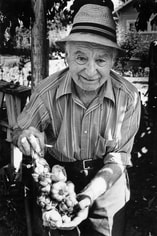 100 year-old Portland gardener, Ulisse Edera. Photo by Keith Skelton. 100 year-old Portland gardener, Ulisse Edera. Photo by Keith Skelton. But I love it. I enjoy starting the seeds, tilling the ground, fertilizing and watching the plants grow. Because of the abundance God has provided, I also can many jars of tomato, sauce and hot peppers. Again, not because I have to, like my Grandfather had to, but because I want to. But, I am afraid that I am the last of the line. My uncles are gone. My Father is gone. My wife humors me and lets me do my thing in the garden. It bothers me that it is likely to end here. And, I fear I am not alone. No one at work talks about a garden. No one else in the neighborhood has one. Just me. It is a shame, I think, that the accumulated knowledge of at least three generations will end. Do any of you have the same concerns? Do you have children or grandchildren who work with you and ask questions and help pull weeds and can tomatoes and wonder why something is growing or not? Let me know...and if you have answers for this situation, I would love to hear them. Thank you so much, my paisans. 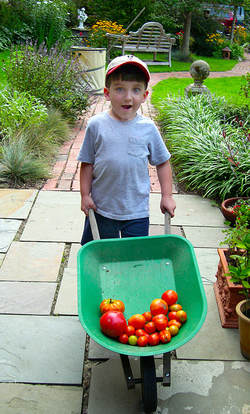 Passing on the tradition Passing on the tradition And my Thoughts... And I totally agree with David, which is why I've asked his permission to post his words here on Grand Voyage Italy. After all, we are #AllAboutItaly here... and we're all about the Truths about our culture. I feel David is correct--too many young people today are detached from their cultural roots and have no idea where their food comes from, especially true with Italian-Americans. When one takes a Voyage around Italy, all you see is gardens--everywhere, in tiny front yards, hanging on walls, on balconies and terraces and in pot gardens surrounding people's front doors. It doesn't matter if they have lemons and pomegranates on their patio or just a pot of basil on their windowsill--it seems that everyone grows something edible. We should all strive to teach our children the value of home grown, healthy food, like I've done for my own son, Lucas. Here's a photo of him with his tomato harvest at 4 years old... He's 15 now and looks forward to each February when we go down into the cellar, sort out our seeds and start our heirloom seeds that we save each year from our garden. He now looks forward to the tomatoes we grow as if they are old friends... Eva Purple Ball, Olivette Juane, Giant Belgium, Jersey Devil and more. He also is learning to cook using the vegetables harvested from our garden, and even when we don't grow them ourselves, he now knows how to smack a cantaloupe, listening for the lowest pitched sound (a sign of ripeness), or check a peach's ripeness with his nose, as my Dad taught me. Gardening is part of the Italian soul. Pass it on, people. Pass it on... --Jerry Finzi And for more on the subject of gardening... Creating a Hanging Italian Wall Garden
Bicycles - Italian Garden Style My New Favorite Tomato: Striped Roma San Marzano Tomatoes: Accept No Imitations! How the Tomato Became Part of Italian Culture Only in Italy: Strange Veggies from La Belle Paese To see how you can create an Italian Garden of your own, check out the Grand Voyage Italy Shop on Amazon. 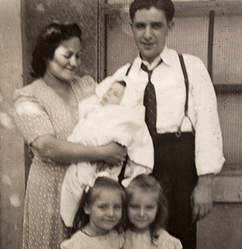 And then there were three. My brother Kenneth and the twins with Mom and Dad. And then there were three. My brother Kenneth and the twins with Mom and Dad. I suppose the first gift to my father, Sal, was his first two children... the "Twins", Joan and Barbara, born three days apart but healthy, nonetheless. This was the start of my immigrant Dad's entry into fatherhood. Just when other men were being drafted into the U.S. army to fight in World War II, he suddenly was burdened not with one, but two children--this was in 1942 when twins were a mere 1% of all births. His nickname, Sally-Boy was coming to an end. Things had just gotten serious. When he saw only one baby on that first day, the doctor casually told him, "The second one just isn't ready yet". He couldn't rest assured that everything was OK until the second was born three days later, an event that placed my mother's photo holding the two of them on the pages of New York City's Daily News. The war started and my Dad worked in a defense plant making springs for tanks. As you can see from the photo above, my father was not only a proud father, but a rather goofy one. Always the joker... that was his first real gift to his children. John and Barbara were to be followed by Kenneth, Joyce-Ann and myself, the "baby" of the brood. Somehow, Dad provided. Before he was married, he and his brother had a "Three Legged Horse and Cart" and sold fruit and vegetables to the seamen down at Hoboken harbor. He had dreams of having his own Italian delicatessen or market someday, but he opted to have security for his family, always working for others for a steady salary. He clothed and fed us by being a grocery and deli man his entire life. This was another gift to us all. 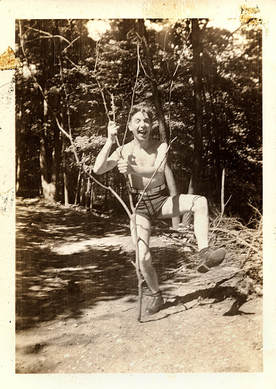 Always the clown, even as a young man Always the clown, even as a young man Dad always played the fool, constantly at the ready to play a joke on us, to get us to laugh, putting us close to sheer embarrassment. At the beach he always insisted that we bury him under the sand, head exposed with his shoes stuck out 12' away from his head under a ridiculously long body of sand. Everyone passing by loved it. After a while (and his nap) we'd mockingly wind up stomping on his sandy "stomach" (safely clear of his real one) to the amusement of others around us, aside from my mother, who always made like she didn't know him. When we were the only Italian family going to a New Jersey mountain lake previously only frequented by Germans, my father offered them meatballs, sausage and spaghetti and became the biggest clown in the middle of the lake, making his infamous sea monster growl that echoed from the mountainside. He taught us to put small, rounded stream stones into the barbecue so they would explode and scare the heck out of Mom when she was grilling burgers and hot dogs. He came up with the idea to put the watermelon in the stream to keep it cool all afternoon--which worked great except for one day when my sister and I had to run, splashing down the stream to recapture it after it got loose. These were also gifts from Dad. Dad always took me fishing and crabbing down the abandoned docks and piers along the Hudson River. He taught me how to get past chain link fences and avoid guard houses to find the best fishing spot. I remember long, hot afternoons, the smell of fish and tar, and the pinching of the crabs we'd catch in our box crab nets. Some days we'd be there so long until the tide shifted on the Hudson... in the morning the river would be flowing out to sea, and in the afternoon it the river would actually flow upstream. He'd also drop some bait lines from the wooden pilings using little screw-in springs with bells on them. A big "Mama eel" would latch on to a hook, the bell would ring and Dad would have dinner for him and Mom. One day we caught a big eel in the crab net and a big Jersey blue crab on the drop line. At the end of a long day, we'd head home with a bucket full of beautiful blue crabs and perhaps a few eels to fry up. Again, more gifts from Dad. Of course, we all bought Dad gifts for Father's Day. I remember saving the deposit money I earned from collecting empty soda bottles and buying him a bottle of shaving lotion or a pair of socks. A I got older, my gifts were many and varied: bottles of Amaretto, a fishing rod, a lop-eared rabbit, a 3 foot tall basket woven bottle of Chianti, a turquoise pocket knife, a trip to Caesar's Palace in Atlantic City, and odd assortments of power and garden tools.
But looking back, my gifts never matched the gifts he gave to me. He gave rock-solid, undeniable love and pride toward me. He gave simple, sound advice when I most needed it. He even gave me the gift of my wife and son when one day challenging me, "So, when are you going to marry that girl? You spend all your time with her anyway!" Thanks Dad... for everything. --Jerry Finzi When I lived in Paris years ago, one of the most unexpected pleasures was when I visited the Père Lachaise Cemetery. Often, people regard this unusual site as a place of pilgrimage, to pay homage to the likes of Chopin, Edith Piaf, Oscar Wilde or even rock legend Jim Morrison (his grave littered with graffiti and drug paraphernalia was distasteful to me). But I went for a different reason... the art. Admittedly, wealthy families could possibly afford to commission a granite temple, travertine pyramid or marble sculptures to honor a lost beloved member--and truth be told, perhaps the effort is really a monument to perpetuate the myth of their family's importance for the ones still living and yet to come. In any case, I didn't visit to pay homage to any heroes of mine. I went for the art itself. In Italy, it's also possible to do the same as a number of cemeteries contain some amazing monumental art. 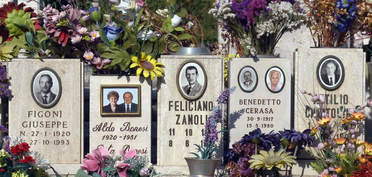 Photos of family members passed are lovingly cared for Photos of family members passed are lovingly cared for Most modern Italian cemeteries sit on the outskirts of their towns and consist of a mix of traditional graves and headstones and multi-level rows of vaults, a method used by the both the ancient Etruscans and early Christians. The vaults are simple affairs, sealed with a marble stone, names and dates with a small medallion containing a photo of the individual as they appeared in life. However, over the years, many wealthier families commissioned architects and artists to create chapels, tombs and sculptures resulting in many Italian cemeteries becoming open-air museums of funerary art, known as Cimiteri Monumentali (Monumental Cemeteries). I've put together a collection for you to enjoy... --Jerry Finzi 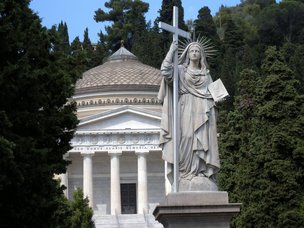 Cemeteries Worth Visiting Monumental Cemetery of Staglieno One of the largest cemeteries in Europe, the Cimitero Monumentale di Staglieno in Genoa covers nearly a square mile on the hilltop district known as Staglieno. It was opened in 1844 at a time when Genoa was home to affluent bourgeoisie businessmen, politicians and artists. To honor their accomplishments, realistic sculptures were commissioned for their tombs. This is without doubt, one of the most visited monumental cemeteries in Europe. 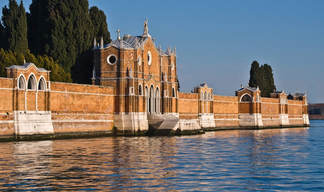 San Michele Cemetery, "Island of the Dead", Venice After the fall of the Venetian Republic in 1797, Napoleon prohibited any burials in town centers and in Venice, this meant that a new walled cemetery was commissioned on the island of San Michele, within reach of gondolas from the Venice waterfront. The island is landscaped with tall cypress trees, a 15th Century church and cloister. The shallow graves are occupied a dozen years and afterwards are exhumed with the bones interred into mausoleum niches or dumped into a communal ossuary. You'll find graves of 19th and 20th Century foreigners, including celebrities like Ezra Pound, Serge Diaghilev (whose grave normally is decorated with a ballet slipper), and Igor Stravinsky. 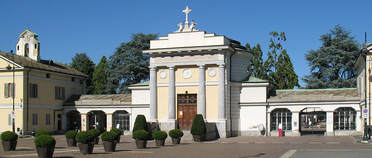 Cimitero Monumentale di Torino The Monumental Cemetery of Turin was commissioned in 1827 to replace the small and ancient cemetery of St. Peter in Chains. It contains numerous historical tombs and 6 miles of porticoes adorned with sculptures of artistic interest. 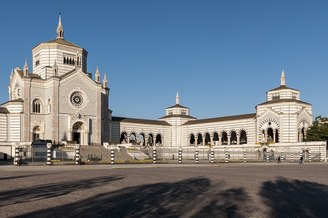 Cimitero Monumentale di Milano One of two large cemeteries in Milan (Cimitero Maggiore is the other), Milan Monumental Cemetery was designed by architect Carlo Maciachini and contains a multitude of sculptures by renowned artists: Giò Ponti, Arturo Martini, Lucio Fontana, Medardo Rosso, Giacomo Manzù, Floriano Bodini, and Giò Pomodoro. Visitors enter through an impressive Medieval style building of marble and stone that contains the tombs of the country's most honored citizens. Besides having mostly Catholic graves, there are also sections for Jews and other non-C Catholics. The cemetery contains the tombs of composers Corelli, Verdi and Toscanini. 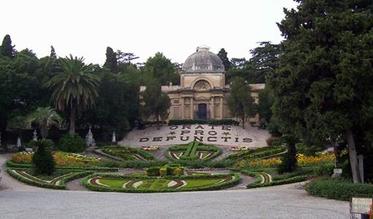 Cimitero Monumentale di Messina The Monumental Cemetery of Messina, in Sicily, is one the best for funerary art. In 1854, it was designed as a urban park and gardens as well as a cemetery. The cemetery is divided into the Jewish cemetery, the Catholic cemetery, and a monument to the victims of the First World War. The art in this cemetery is second only to Monumental Cemetery of Staglieno in Genoa. Beginning in January, 2017, Grand Voyage Italy is undergoing a reconstruction: adding new pages, categories and moving older posts to more appropriate pages. If you can't find what you are looking for in this new Lifestyle page, use the Search Box to help find what you need. Grazie!
|
On AMAZON:
|

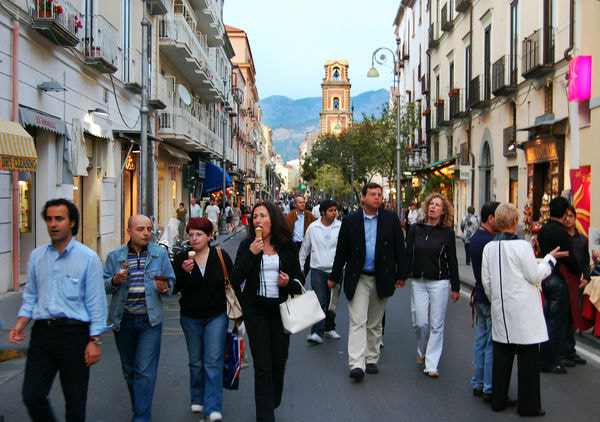
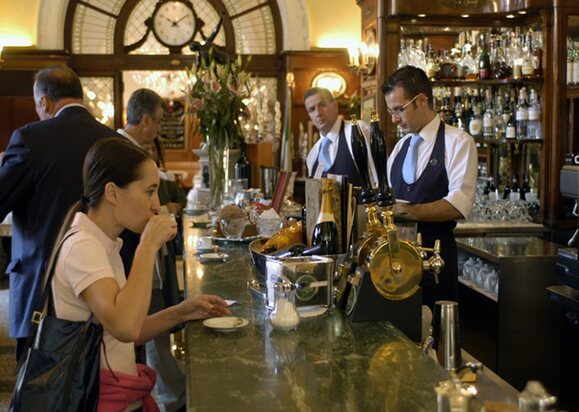
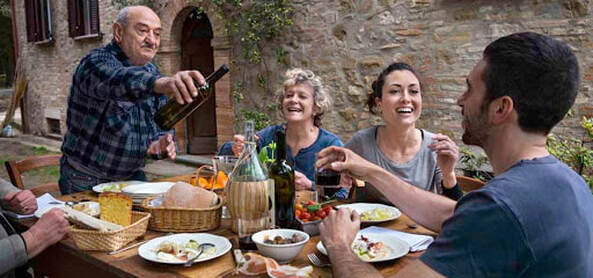
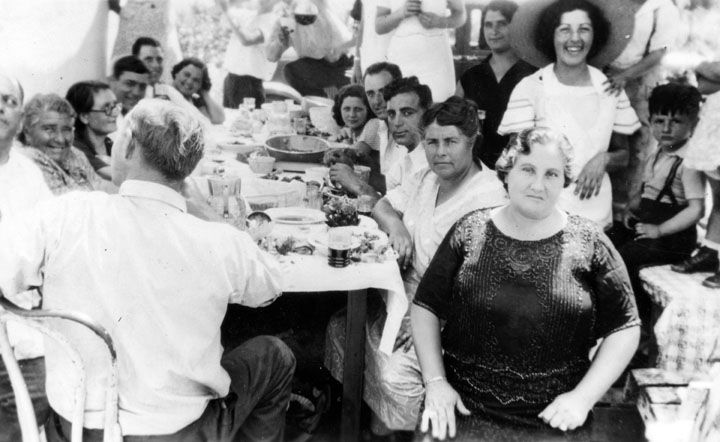

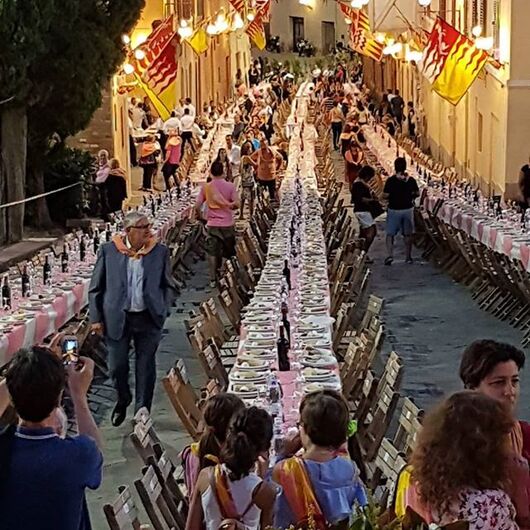
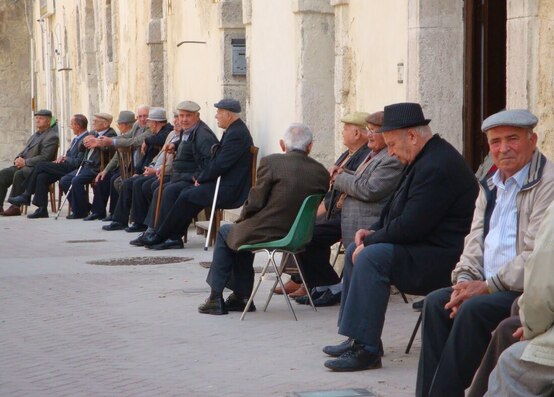
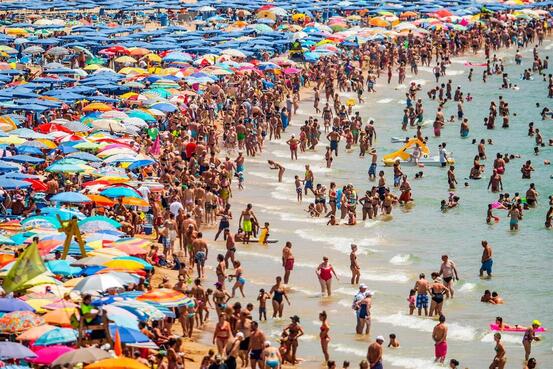
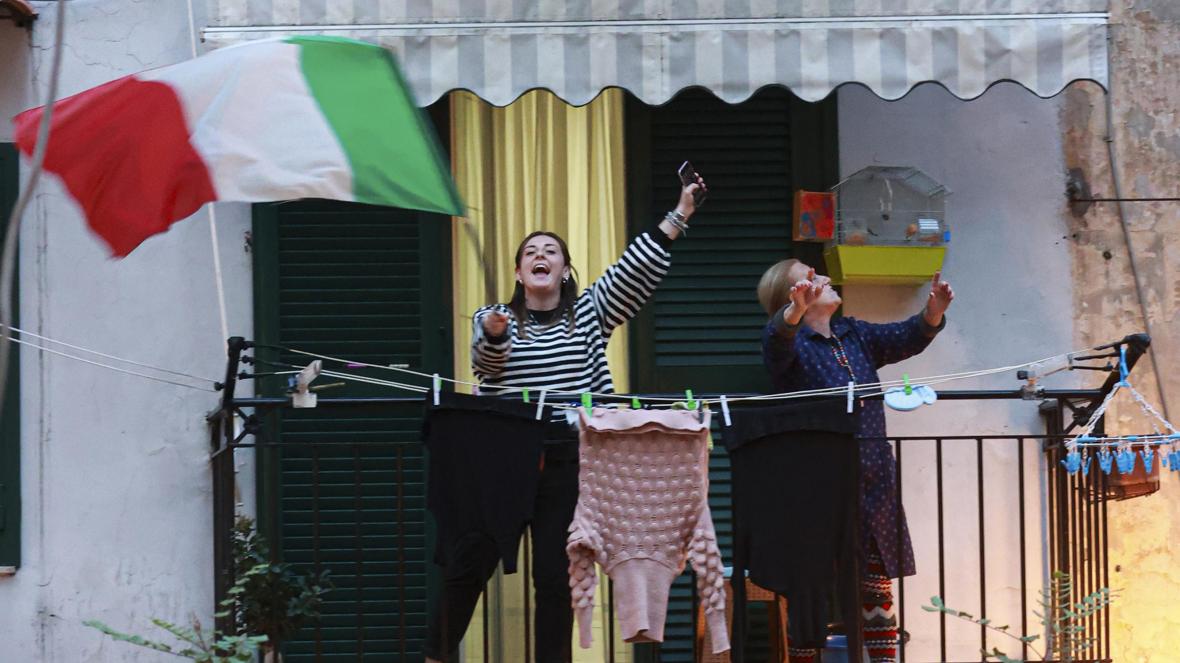
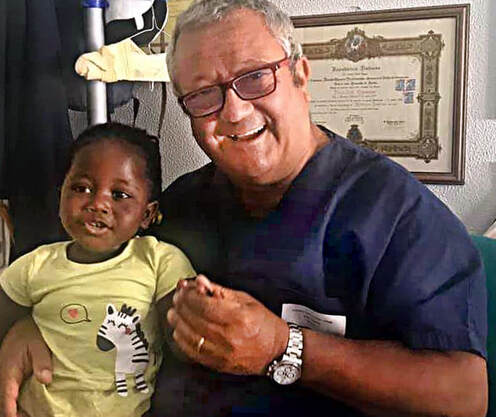
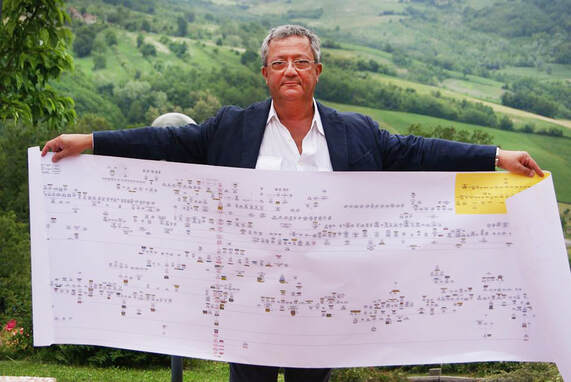
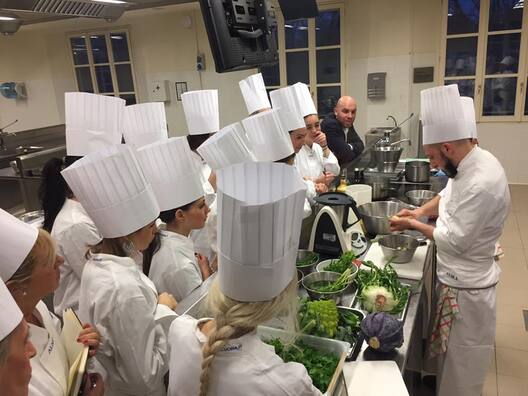

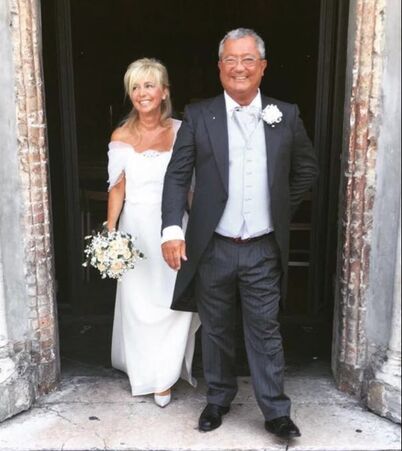
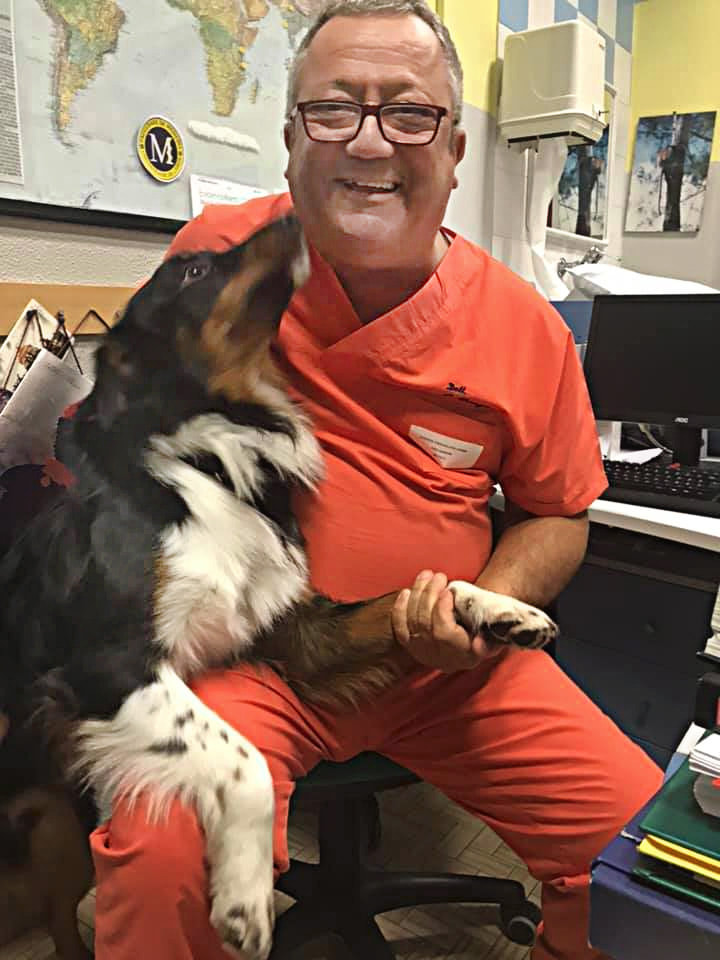


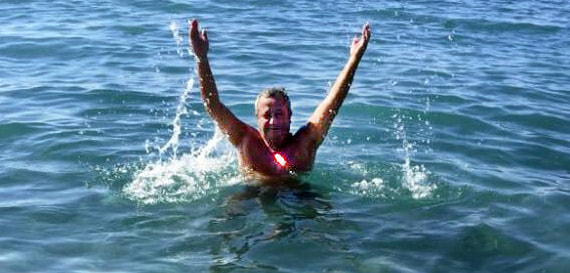
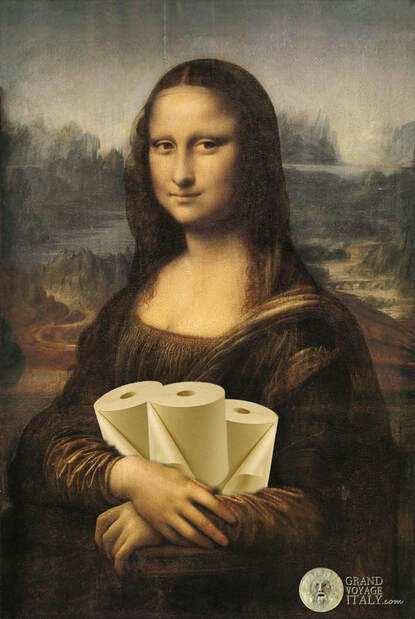
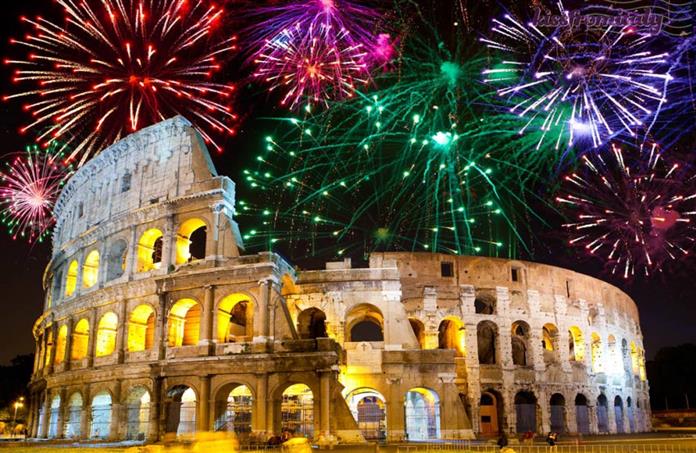
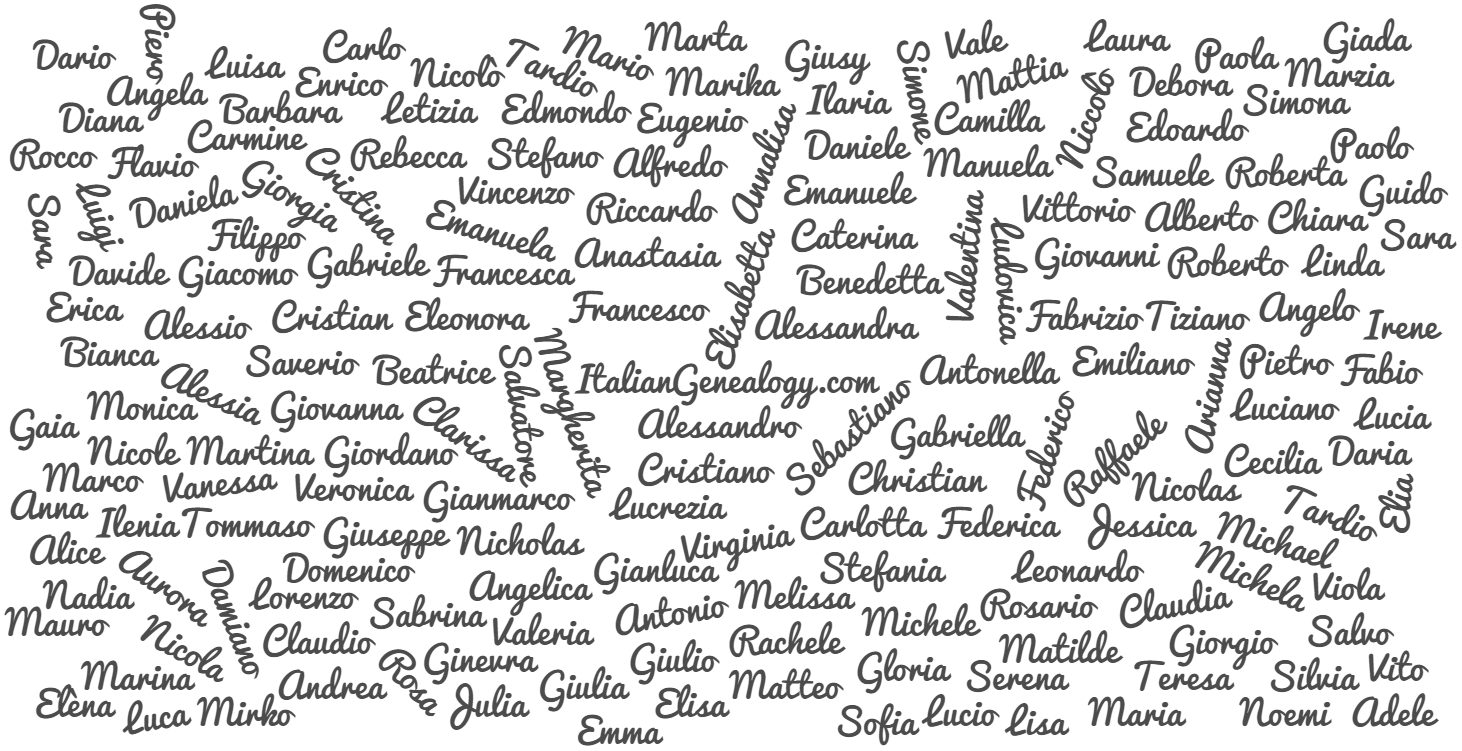
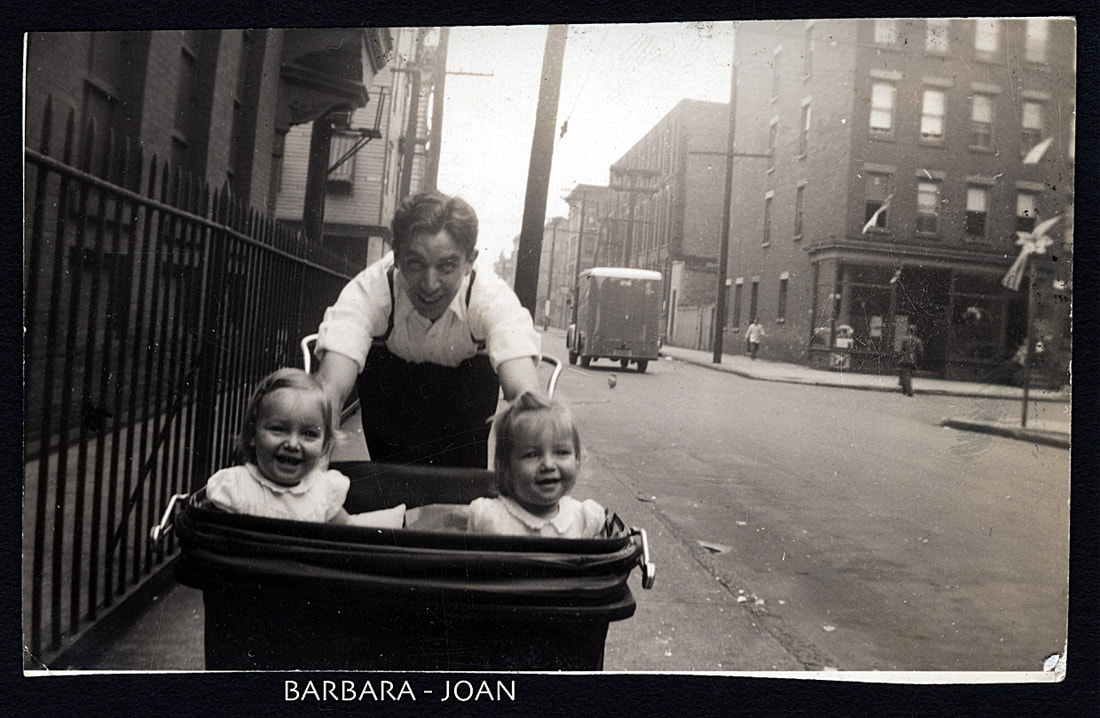
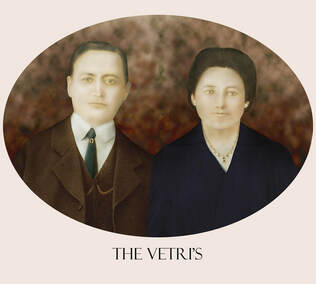
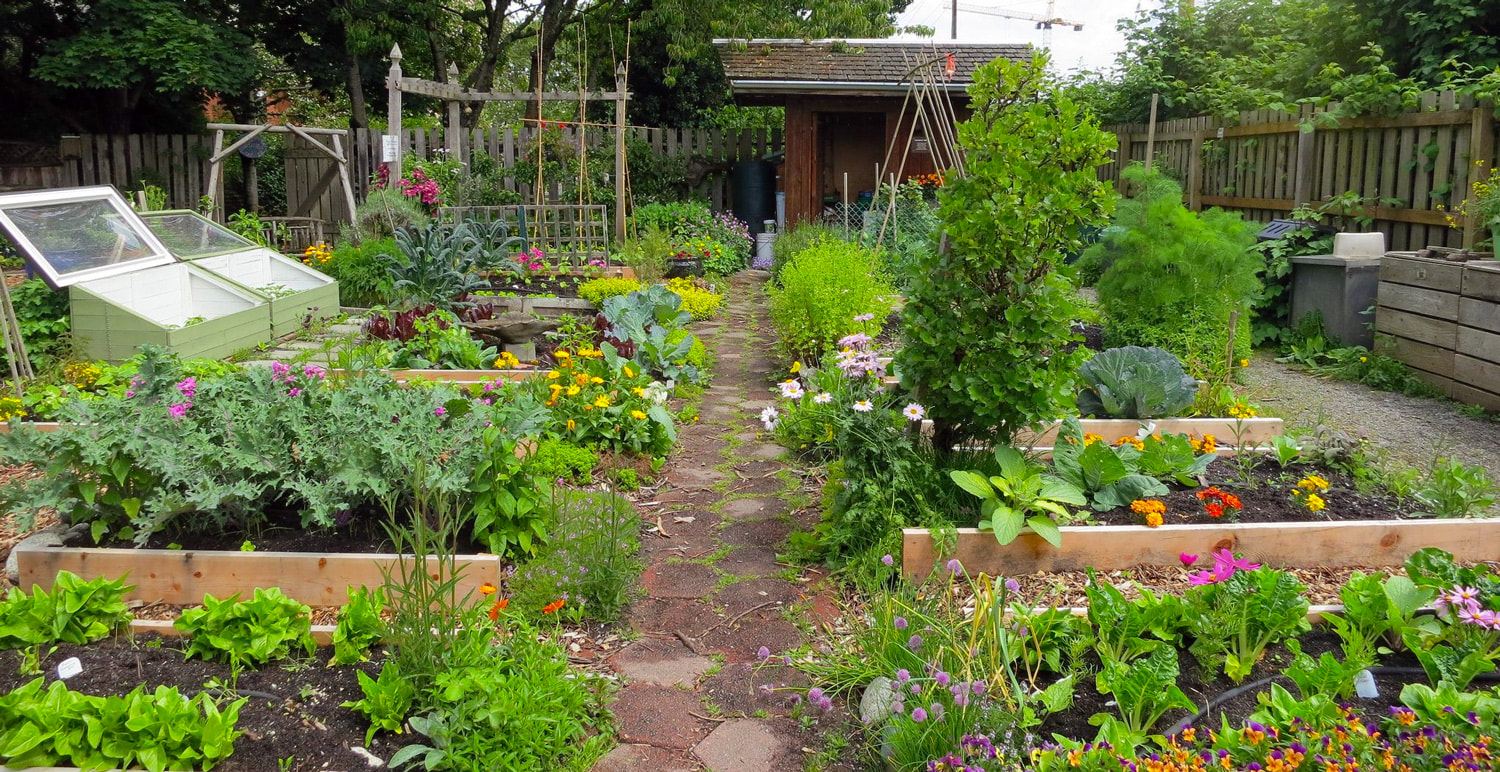
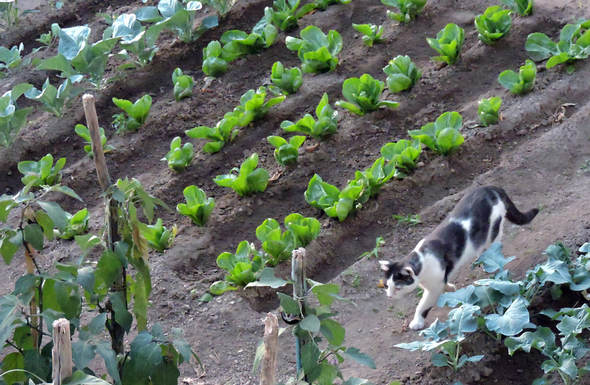
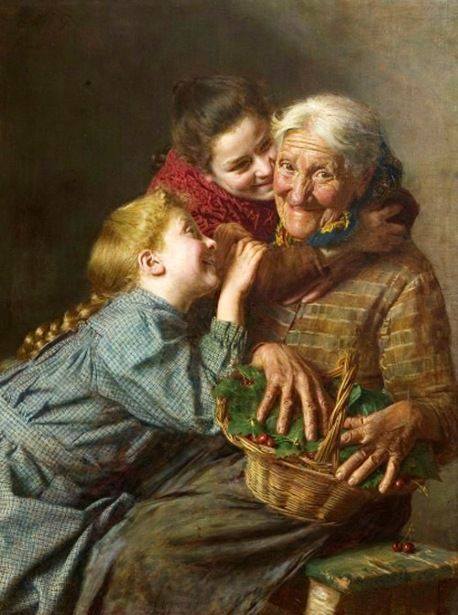

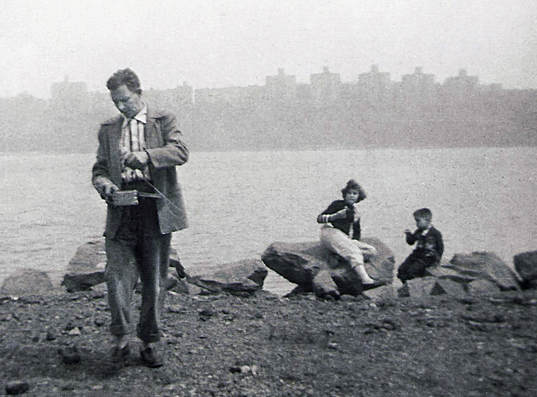
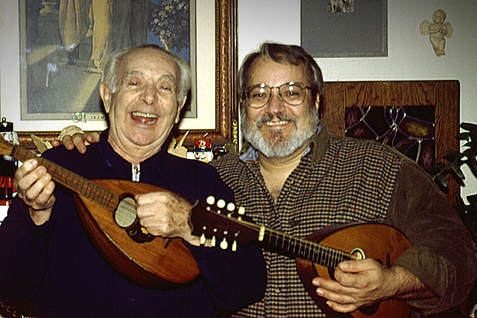
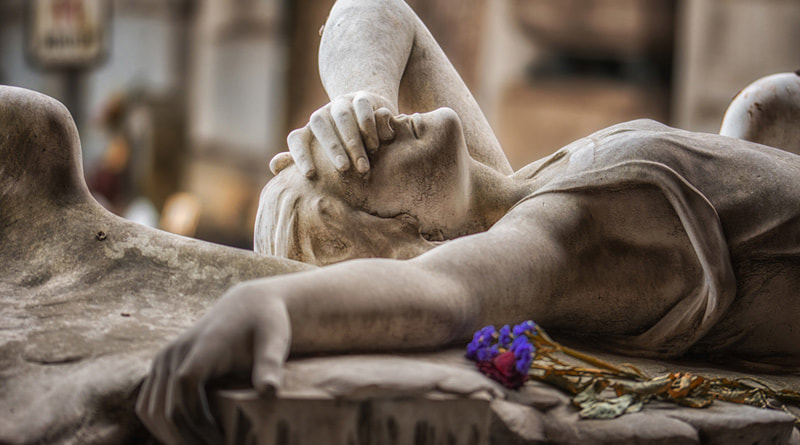
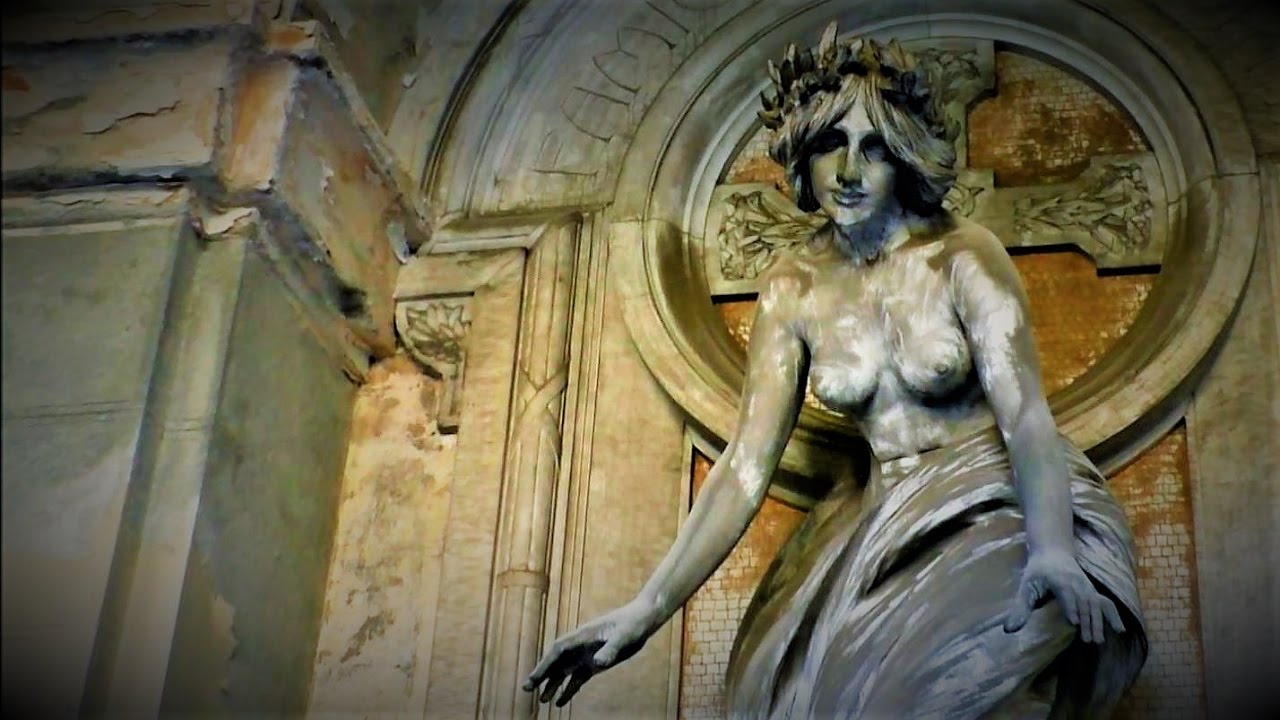
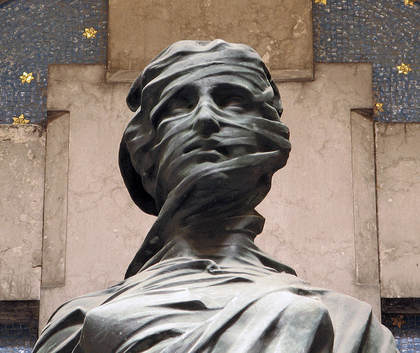
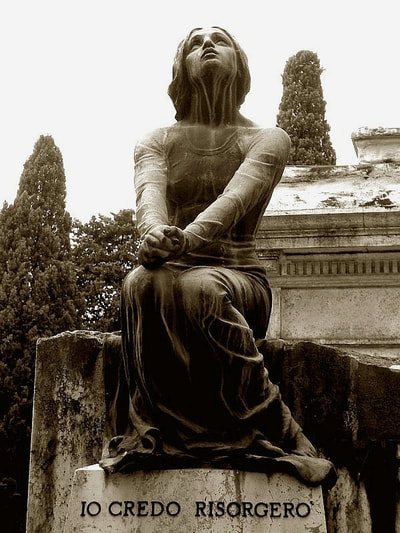
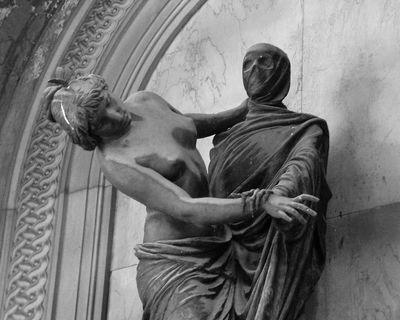
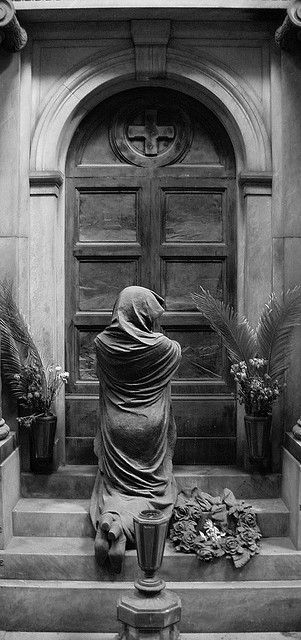
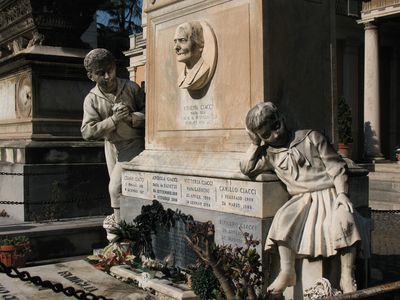
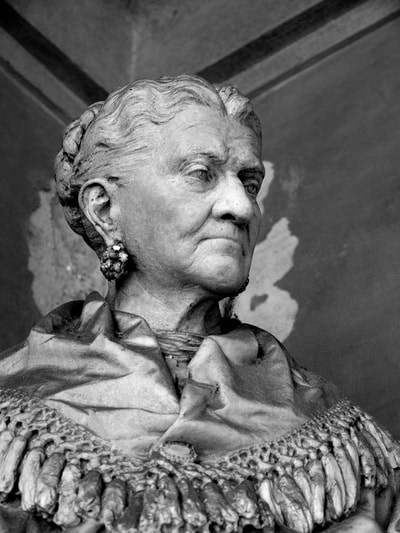
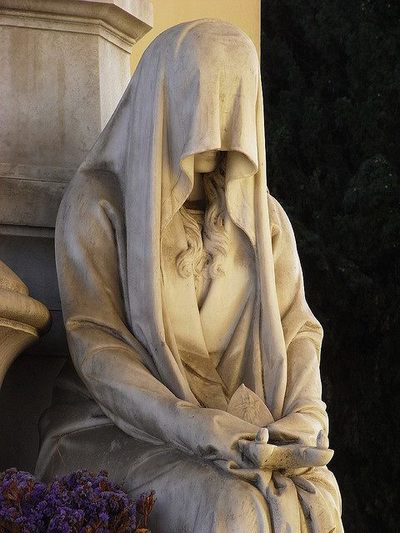
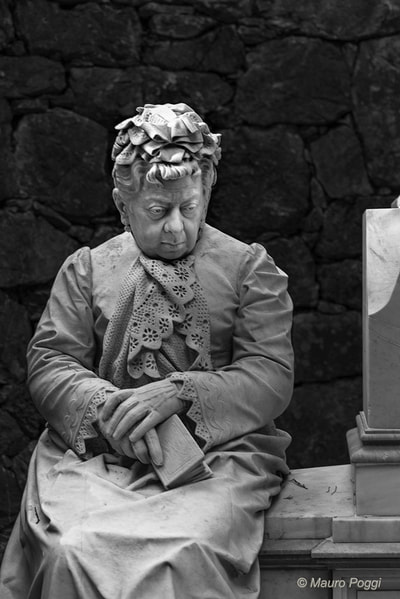
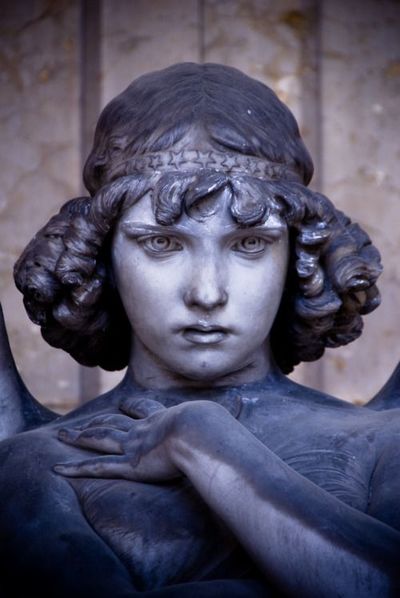
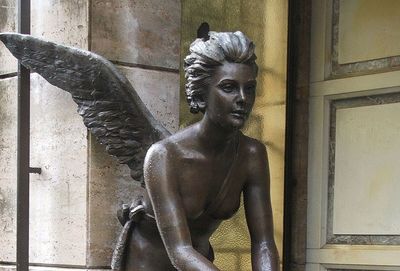
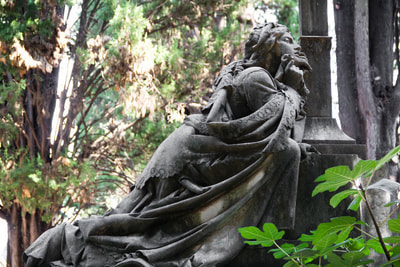
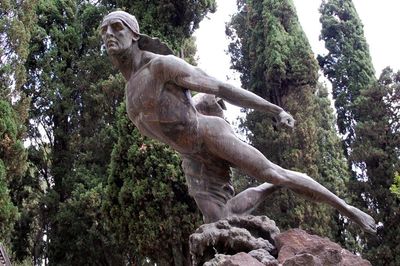
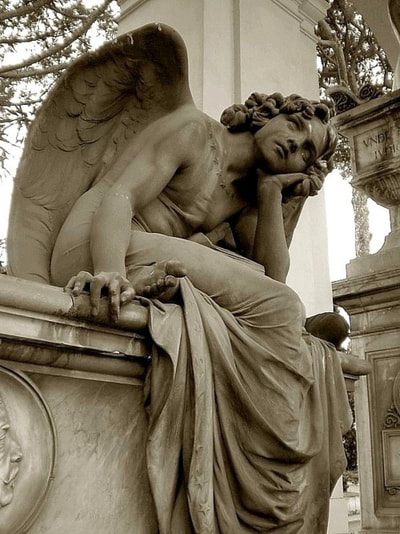
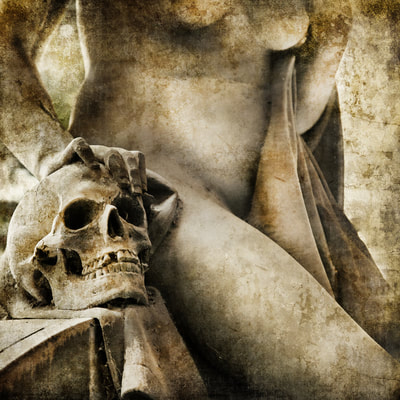
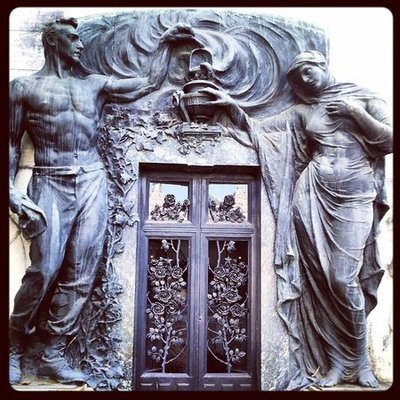
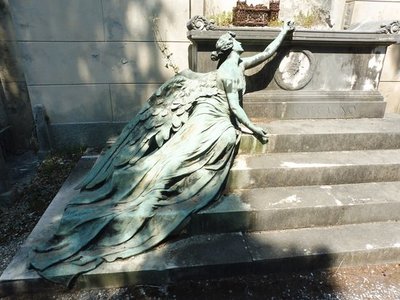
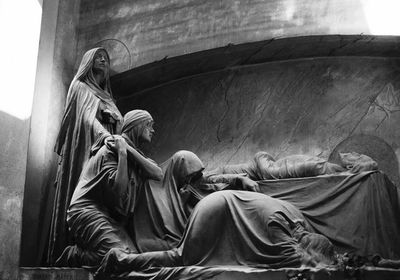
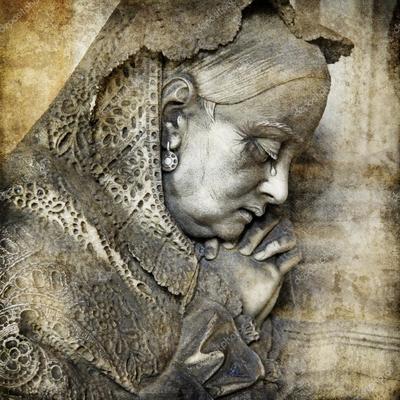
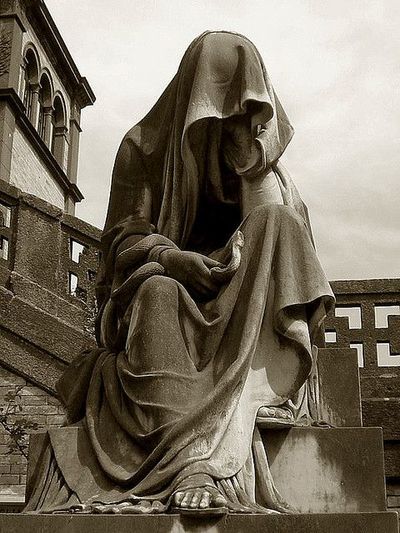
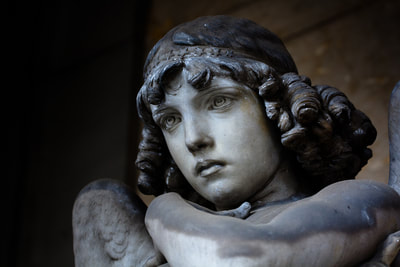
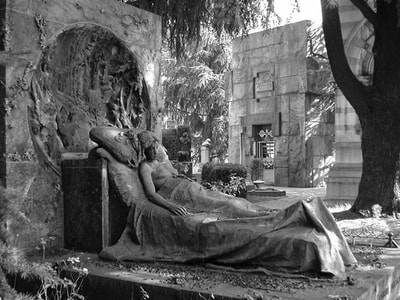
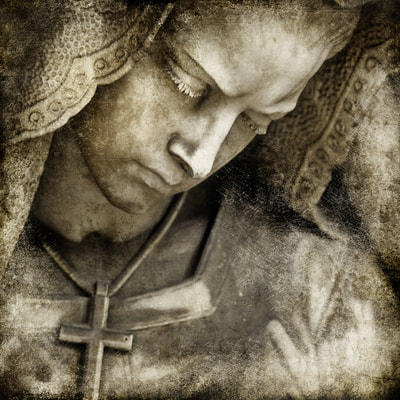
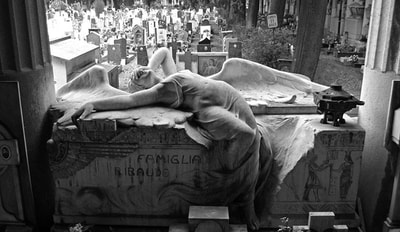
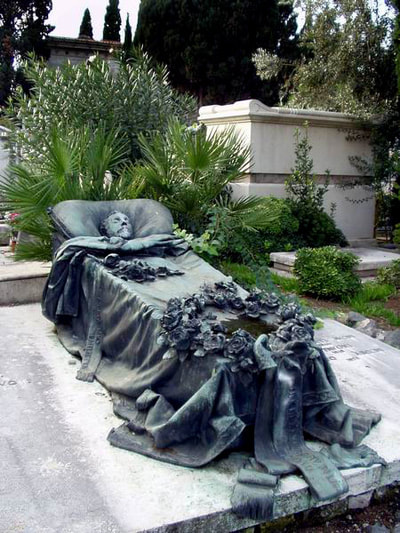
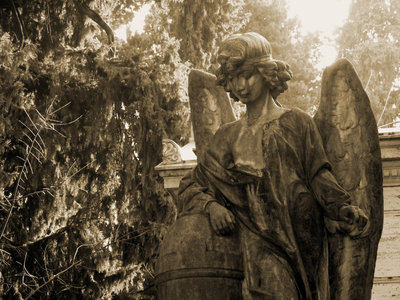
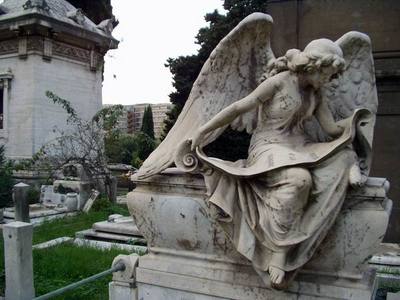
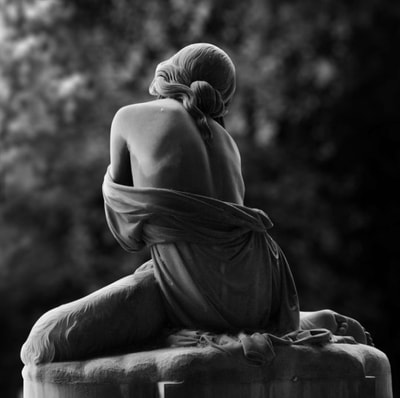
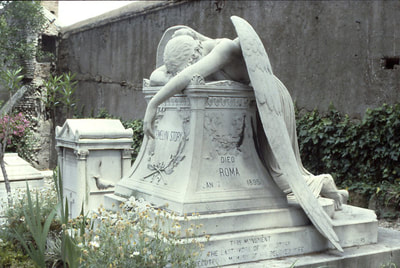
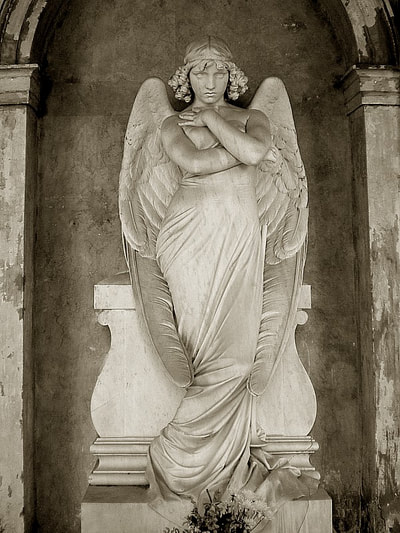
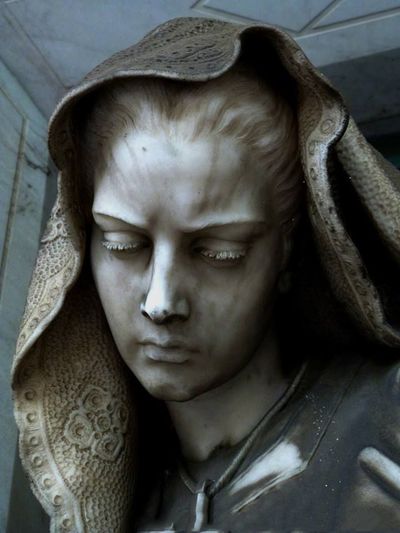
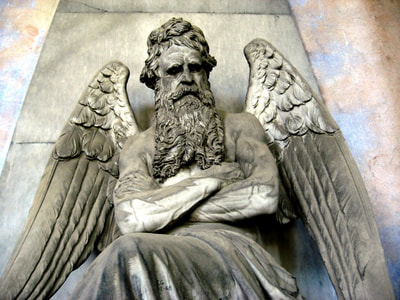
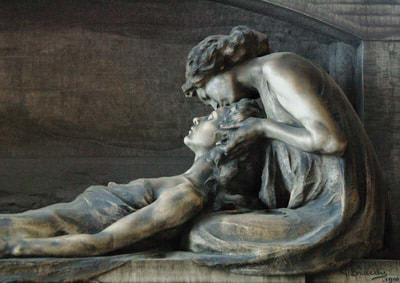
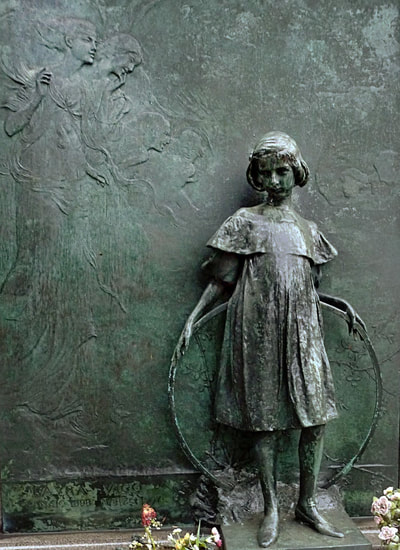
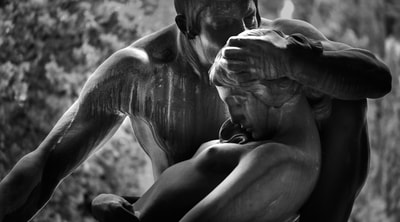
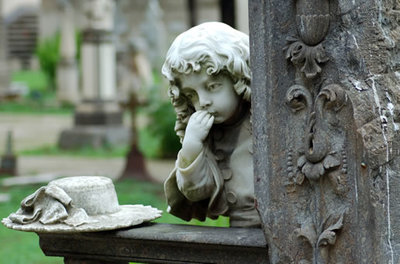
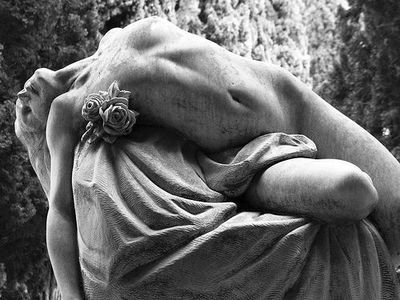
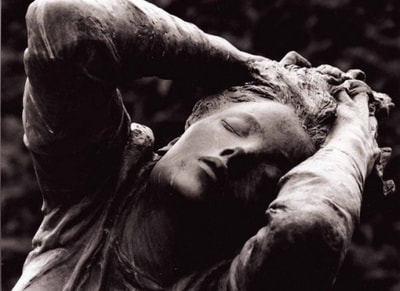
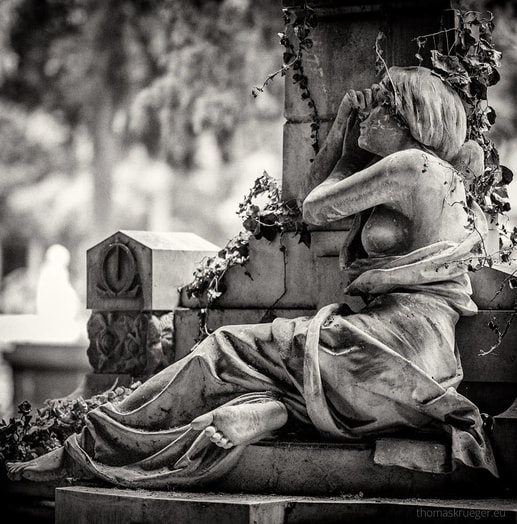
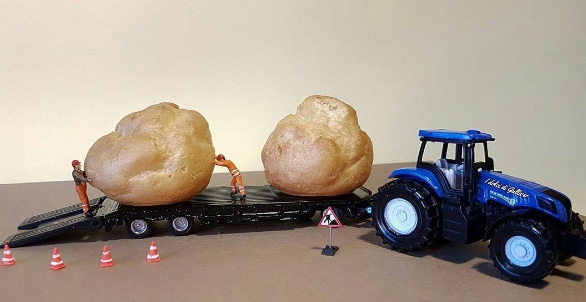

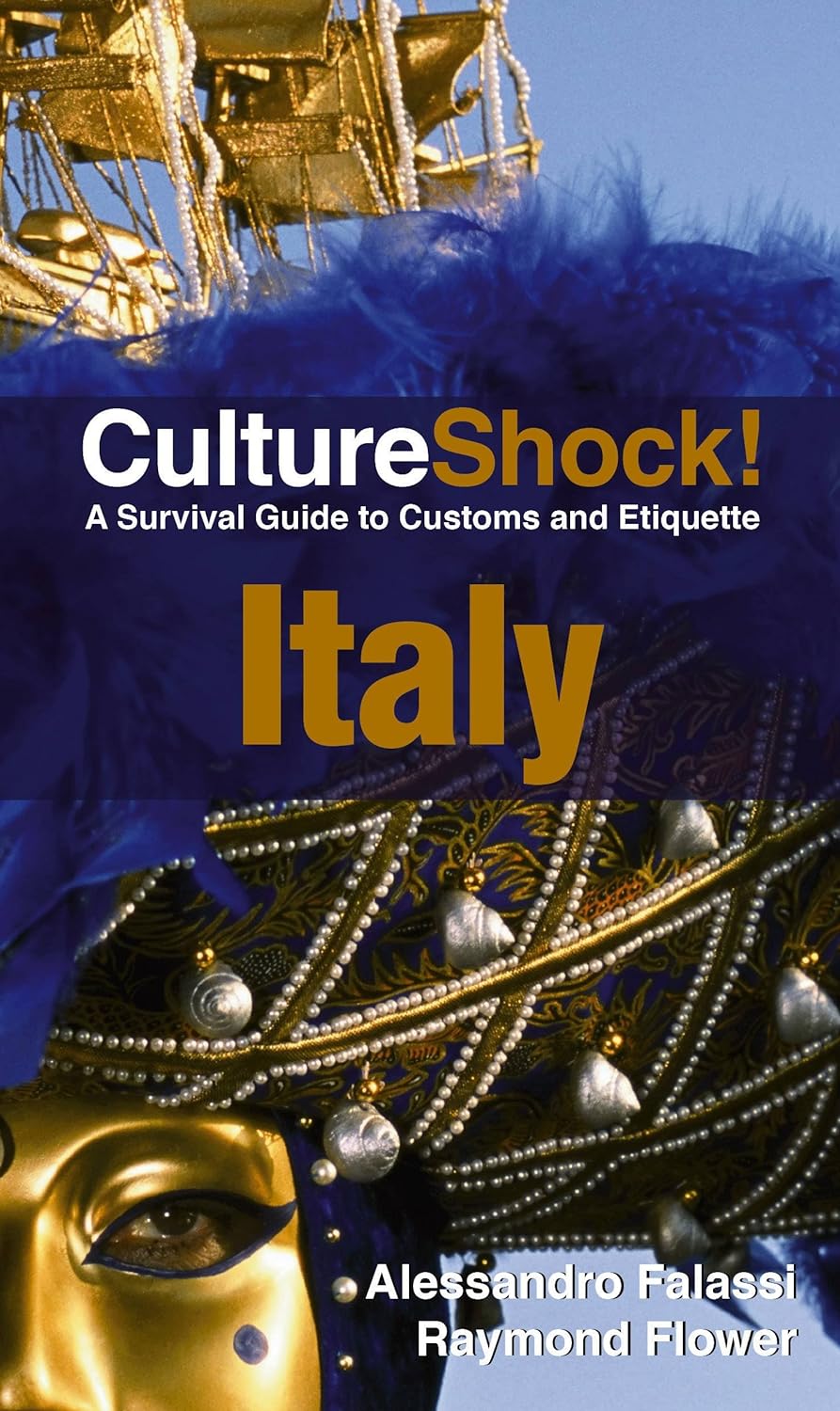
 RSS Feed
RSS Feed

